ASHEVILLE – Food Connection has been through storms before.
As the region braced for Tropical Storm Helene last September, Executive Director Marisha MacMorran said the nonprofit reached out to its donor partners, anticipating canceled events, like weddings and conferences, would leave surplus food behind, primed to be repackaged into individual meals and distributed out into community.
“That’s normally what we rescue. And, of course, Helene looked differently,” she said.
As power outages blanketed the region, and service blackouts stymied communication, much of the prepared food spoiled.
“But what we ended up with was literal box trucks — thousands of pounds of ingredients that needed to be donated, from produce to proteins that were in the freezer,” she said, recalling frozen shortribs that hadn’t yet thawed.
Then they got to work: distributing nearly 12,000 meals in a single week following the storm.
Restaurants opened their kitchens, cooking in the dark on gas grills. Supply sites popped up in churches, old firehouses, bookstores and on street corners. Free food providers expanded services into new hard-hit areas.
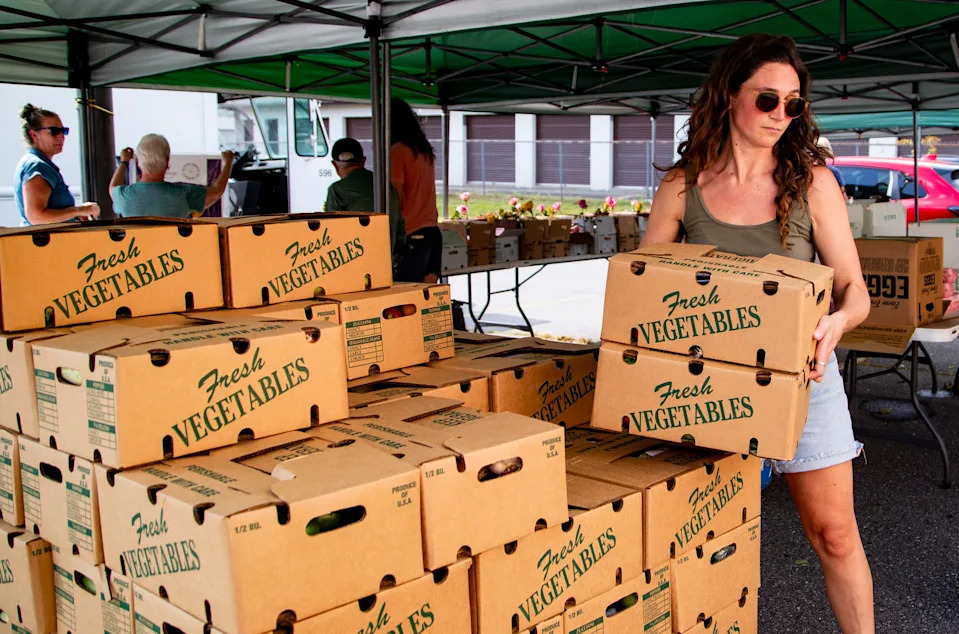
Volunteers work with Bounty & Soul to distribute produce to Black Mountain residents, Sept. 18, 2025.
Then, the months ticked on. Help peeled away. Life began to return to “normal” for much of the population.
But for those in poverty, facing job loss, a struggling economy and lost housing inventory, there was an increase in need, along with the decrease in resources, said Ben Williamson, executive director of the Asheville Poverty Initiative.
Before Helene, Western North Carolina’s nonprofits were already warning of accelerating food insecurity, amplified by low wages and high cost of living, spiking after the onset of COVID.
Numbers of visits to food pantries, and meals distributed, climbed further after the storm, and stayed high. A year later, providers say they have not returned to pre-Helene levels. In some cases, figures have doubled, with food distributors shattering records in Helene’s wake.
Read more Helene anniversary content: One year after Helene: Asheville Citizen Times’ coverage
‘A record high’
MANNA FoodBank, the nonprofit Feeding America affiliate that serves 16 counties of WNC, including Buncombe, Henderson and Haywood counties, averages 170,000 visits to its food pantry partners monthly, up from 158,000 pre-Helene. June saw over 190,000 visits — a record high in the nonprofit’s 42 years.
MANNA distributes food throughout WNC to its partner network of more than 200 agencies out of a new facility in Mills River. Its previous distribution center and headquarters, which sat along the Swannanoa River, was destroyed in the floods.
Visits at partner agencies are up 20% in Buncombe County, and 25% in Avery County. Mitchell County has doubled, spokesperson Micah Chrisman told the Citizen Times in September.
“These kind of numbers are what keep us awake at night,” Chrisman said.
Those visits aren’t just data points: It is a single mother who is working two jobs and still can’t afford rents and groceries. It represents veterans, senior citizens, working families, caretakers and neighbors.
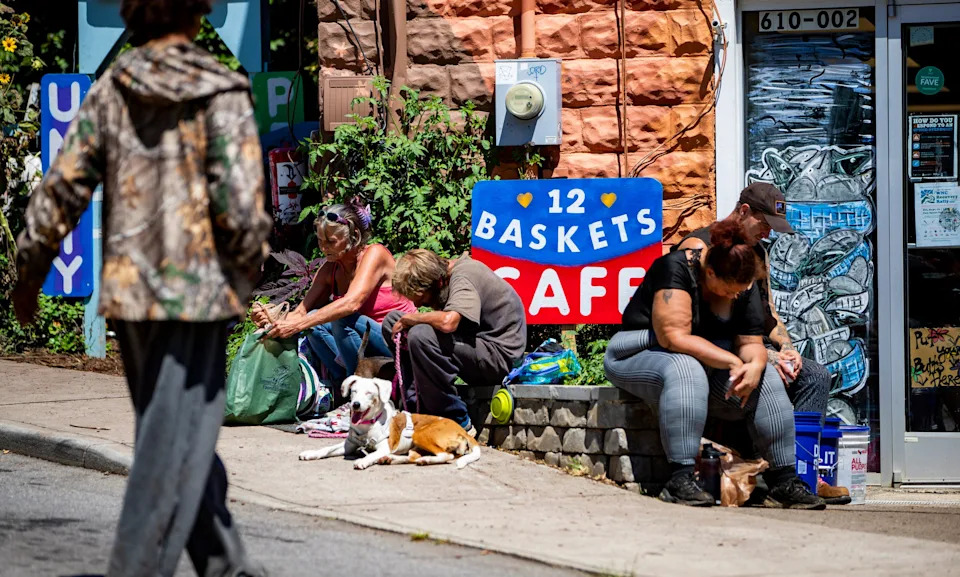
Asheville residents sit outside 12 Baskets in West Asheville, Aug. 25, 2025.
More: Buncombe, Asheville Helene after-action reports reveal challenges, triumphs of response
What it means to ‘lose everything’
West Asheville’s 12 Baskets Café, a program from Asheville Poverty Initiative, offers free meals from a lively community kitchen, and spaces to sit on a shaded patio. It rescues and redistributes over 16,000 pounds of food a month — 1,100 meals a week. Before Helene, it averaged about 550 meals a week, open only four days a week, versus the seven-day schedule it had for much of 2025.
Glenda Naba says she’s there nearly every day.
“I love it here,” Naba, 42, said from a café table in August, near the hustle and warm-food smells of the lunch service. She’s been coming to 12 Baskets since her first day in Asheville two years ago.
The day before the storm, Sept. 26, 2024, Naba said she and her husband were in West Asheville’s Carrier Park, charging their phones at an outdoor outlet as rain pelted down.
The parking lot, situated along the banks of the French Broad River, was flooding fast. A predecessor rain event would dump up to 8 inches of rain on WNC before Helene even arrived.
By 6 p.m., the river had reached more than 10 feet. It typically runs at less than 2.
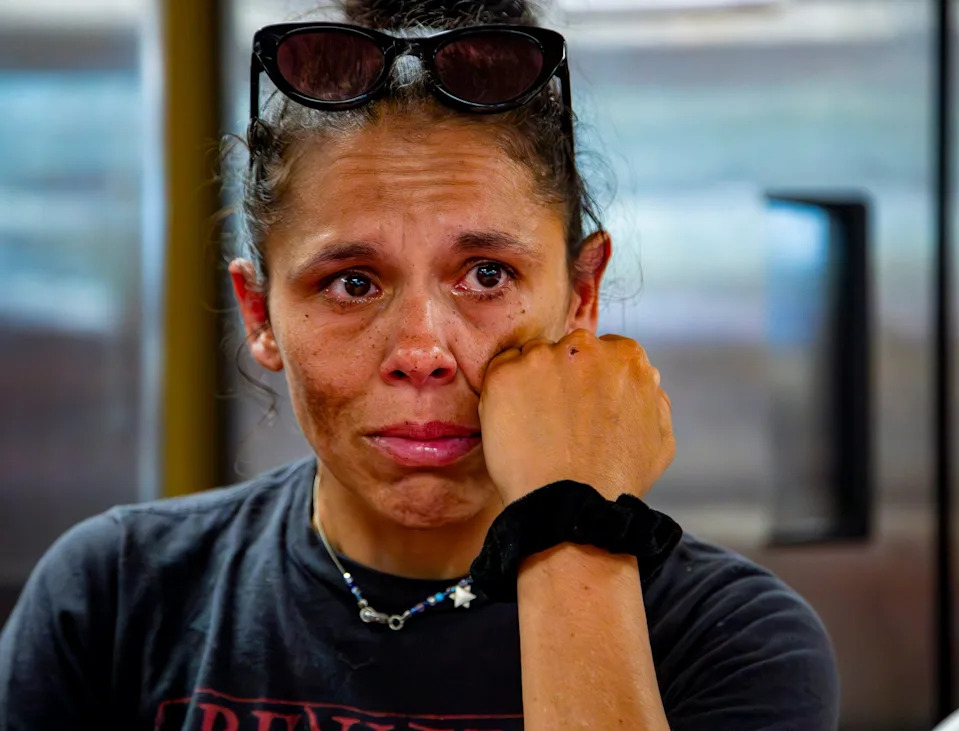
Asheville resident Glenda Naba wipes away a tear while talking with the Asheville Citizen Times inside 12 Baskets in West Asheville, Aug. 25, 2025.
At the time, Naba said they were living in her Chevy pickup, along with dog, Freya, and everything they owned. They tried to maneuver to higher ground, the engine stalling as the truck was inundated with water.
But they wouldn’t abandon the vehicle, she said.
“We can’t lose this truck. We’re not leaving this truck. Because that’s where we live, that was our home,” Naba said.
They escaped just after midnight.
“I’ve seen a lot of sad stuff,” Naba said of the storm. “I don’t ever want to have to see that again … And I feel sorry for the people that lost everything, because it sucks when you lose everything.”
Now they’re tent camping on a friend’s property. The housing search is a struggle. Long wait lists for multifamily rentals demonstrate a “notable pent-up demand,” according to the 2025 Asheville region Housing Needs Assessment, released by Bowen National Research.
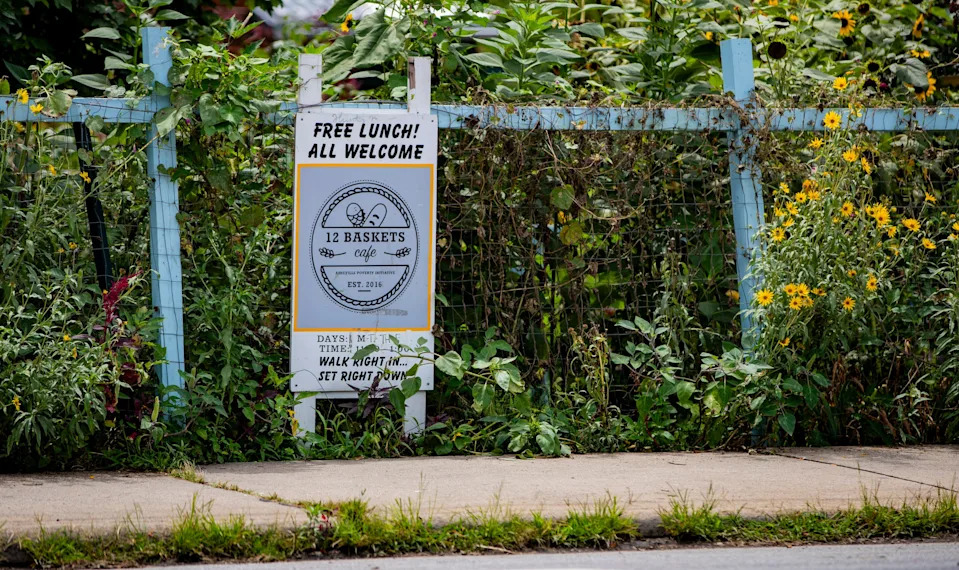
12 Baskets in West Asheville, Aug. 12, 2025.
The report noted that Asheville continues to experience affordability pressures, especially for renters. The city has a five-year housing gap of 11,658 units, with a majority for rental housing.
There were 328 people in Asheville and Buncombe County experiencing unsheltered homelessness in January, according to an annual census. Of those, more than a third said it was due to Helene.
“I don’t want a handout. I just want help,” Naba said. “I’ll work to get what I need, but it’s the fact of getting it. And having the resources or the references to have my back, saying, ‘she’ll do what she has to do to keep this place.’”
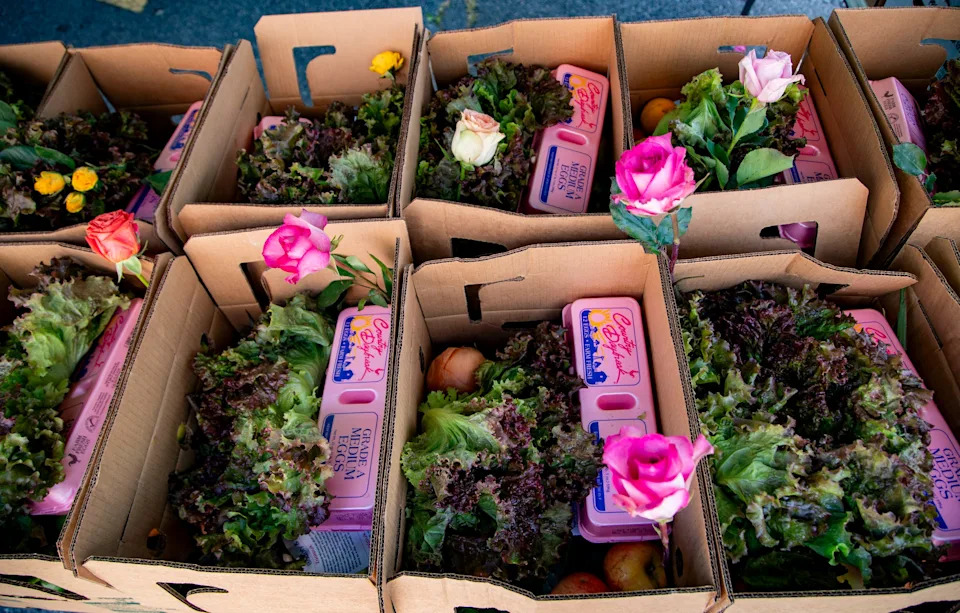
Boxes of produce sit underneath a tent during a Bounty & Soul food distribution event in Black Mountain, Sept. 18, 2025.
More: For Asheville’s homeless, Helene brought further devastation and crisis; Will numbers grow?
‘Surge of need’
The storm ravaged areas of WNC, killing more than 100 people and causing nearly $60 billion in damage statewide.
Infrastructure devastation can further exacerbate food access, Chrisman said. Farmers lost crops. Some communities are still without their only grocery stores.

Micah Chrisman, MANNA’s Director of Marketing and Communications.
In Swannanoa, Spruce Pine and Morganton, the areas’ Ingles have not reopened, leaving some residents a lengthy drive away from the nearest grocery stores.
“Helene did a lot of damage to our food systems and infrastructure, and it’s going to take a long time to rebuild and recover from that,” Chrisman said.
Paula Sellars, deputy director of Black Mountain-based Bounty & Soul, said the nonprofit has seen a 101% increase in need, meaning by the end of June 2025, it has served as many people as it did in the entirety of 2024.
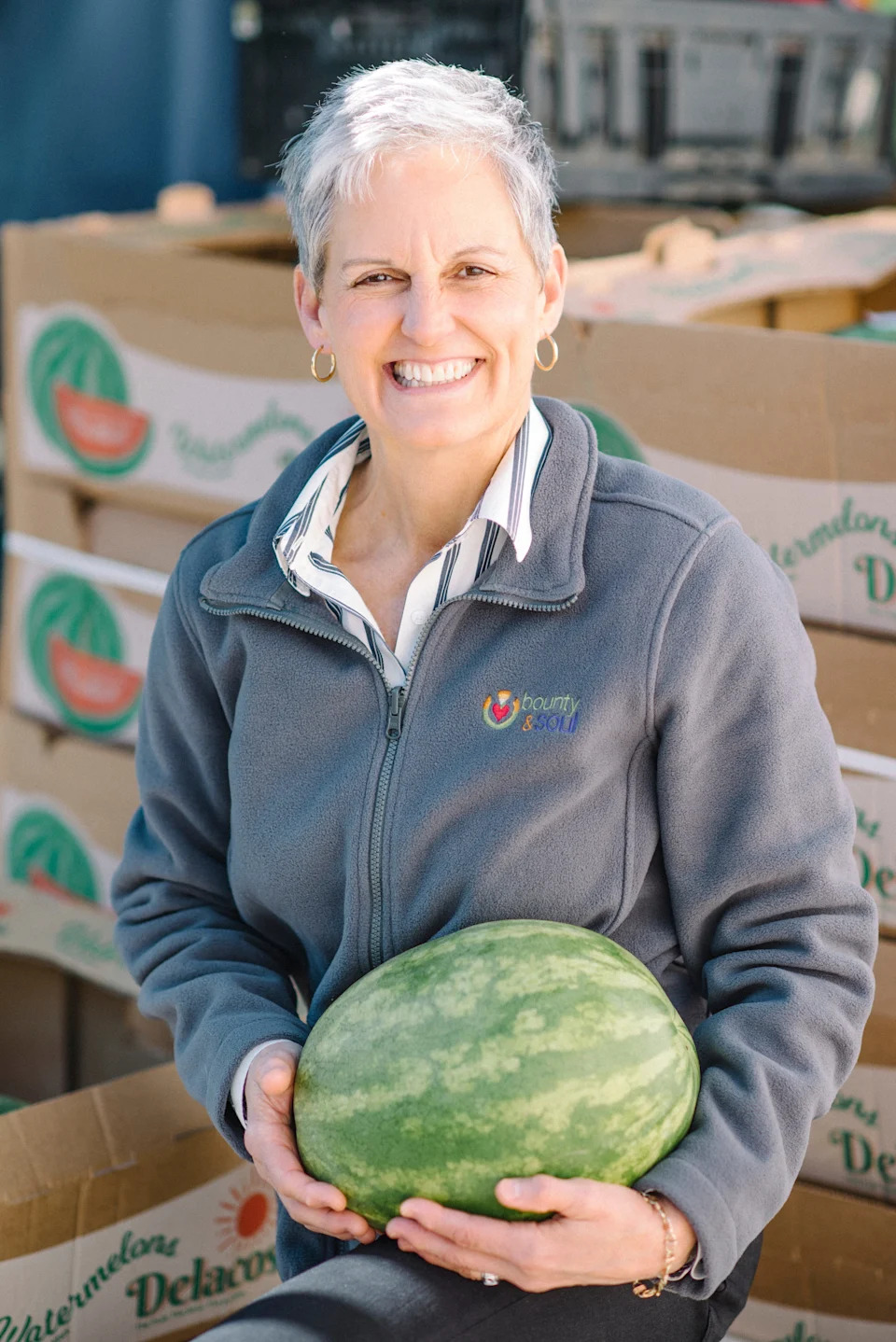
Paula Sellars, deputy director of Bounty & Soul.
Bounty & Soul distributes food to local pantry partners, through home and neighborhood deliveries, and at its no-cost markets held around Buncombe County in Swannanoa, Fairview, Asheville and Black Mountain.
2024 (monthly averages): 69 tons of fresh food to 3,622 households.
2025 (monthly averages): 92 tons of fresh food to 7,195 households.
Need peaked in April but had come down slightly in the months that followed, Sellars said. But with “food price increases at the store” and the loss of the Healthy Opportunities Pilot program, which provided food and support services to residents across the state, “the need and participation at our markets is, sort of, ticking back up again, week by week,” and is approaching the April numbers.
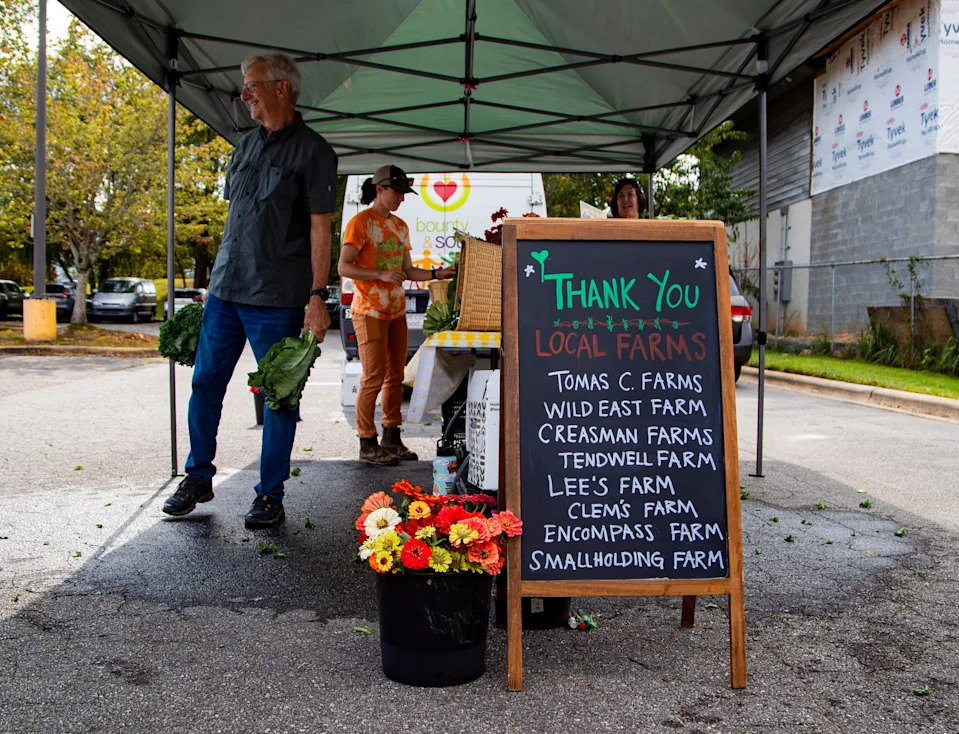
Volunteers work with Bounty & Soul to distribute produce to Black Mountain residents, Sept. 18, 2025.
Living in the ‘margins’
MacMorran, with Food Connections, which rescues food to distribute to partner agencies or through its mobile meals program, said the nonprofit is producing twice as many meals for the community as it was before the storm.
They set a record in 2024 with 186,575 meals distributed, which they expect to break in 2025.
“We have so many people living right in the margins, and they are just one natural disaster, car breakdown (or) health episode away from not being able to make ends meet,” she said.
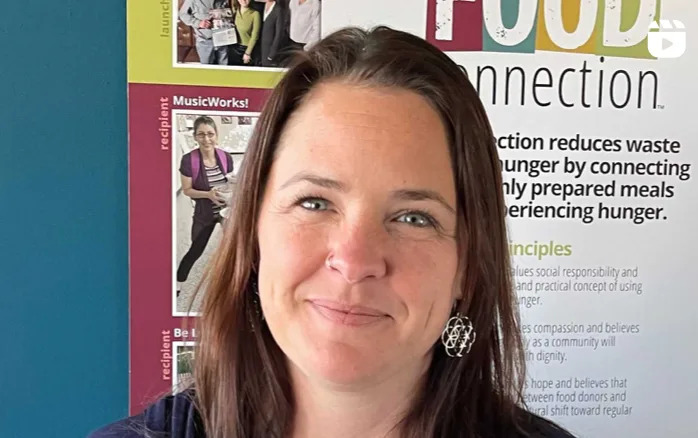
Marisha MacMorran, executive director of Food Connection.
Expected cuts to the Supplemental Nutritional Assistance Program, also known as SNAP, and Medicaid, is predicted to exacerbate need even further.
A draft Helene Recovery Plan, developed by Buncombe County, Asheville, Woodfin and several other municipalities, said the county received 20,494 applications for Disaster-related SNAP funding over a four-week period following the storm.
In July, Chrisman said about 90,000 people in North Carolina’s 11th Congressional District, which covers much of WNC, are at risk of losing their SNAP benefits as program changes are implemented.
Between Helene’s lingering impacts, anticipated SNAP cuts and the stoppage of HOP, it is “a perfect storm for food insecurity and rising need,” Sellars said.
Need help?
MANNA: https://mannafoodbank.org/where-to-get-help/
Bounty & Soul: https://bountyandsoul.org/community/market-schedule/
Food Connection: https://food-connection.org/
12 Baskets Café: 610 Haywood Road, Monday, Tuesday, Thursday and Friday opens for coffee at 10 a.m., lunch is served 11 a.m.-1 p.m. and free store is open. https://www.ashevillepovertyinitiative.org/12baskets
More: Swannanoa residents ‘miserable’ as post-Helene Ingles closure spurs food insecurity
More: Rising food prices, tariffs forcing customers in Asheville to eat the added costs
Sarah Honosky is the city government reporter for the Asheville Citizen Times, part of the USA TODAY Network. News Tips? Email shonosky@citizentimes.com or message on Twitter at @slhonosky.
This article originally appeared on Asheville Citizen Times: Western NC faces rising food insecurity in Tropical Storm Helene’s wake

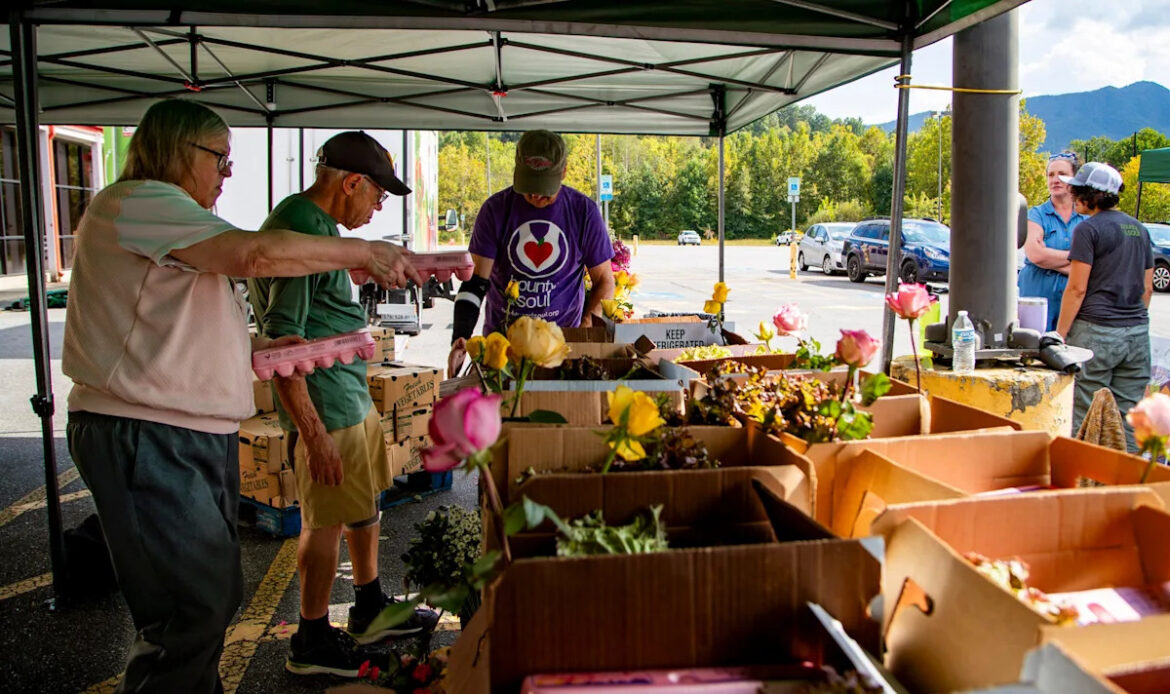
Dining and Cooking